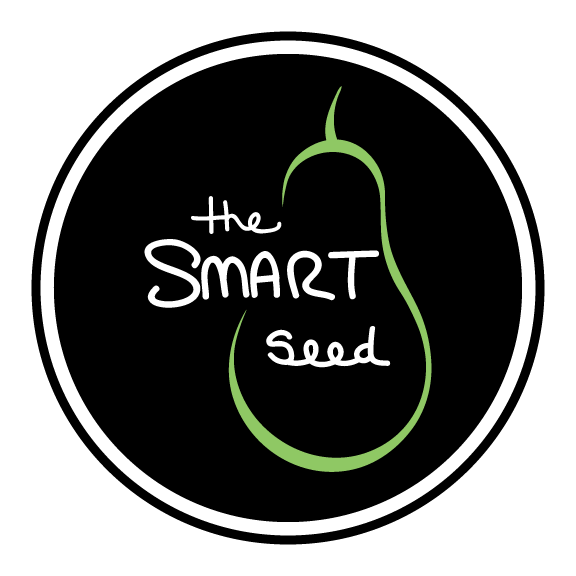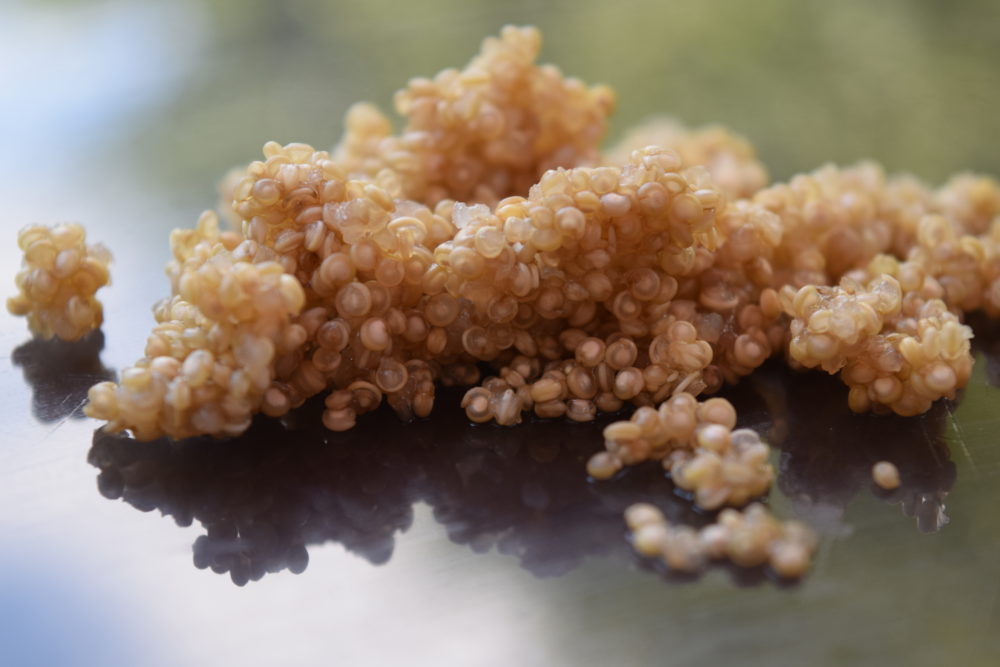Podcast: Play in new window | Download (Duration: 9:19 — 9.2MB) | Embed
Subscribe: Apple Podcasts | Android | Email | Stitcher | RSS | More
Quinoa. Or, as my 2009 past self would have pronounced it Qi-no-a is perhaps the quintessential healthy food. Praised and exalted by patchouli scented foodies for the past couple of decades, quinoa, has all the qualities the health food scene desires. Quinoa has a great story. A recently discovered magic seed, highly adaptable to adverse soil and weather conditions, harvested and cleaned by exotic peasants living on the cliffs of the high Andes. At one time a subsistence crop, now, due to its growing popularity with foreigners, the exportation of this crop has, in a real way, increased the standard of living for these farmers. A seed worthy of the worn out, thrown about, overly marketed term “superfood.” The United Nations itself classified quinoa as a “super crop” for its high protein content. It contains all nine essential amino acids, including the amino acid lysine, which is essential for tissue growth and repair, and quinoa is a source of manganese, magnesium, iron, copper and phosphorous. It is a great story.
Yet, how the story is told, what is added and what is left out is dependent on the story teller. And Quinoa is one example of many whose story has been told through the gaze of the explorer and the conqueror. At the core it is a story not of a seed that was found, but a seed that was lost.
According to some academics, Quinoa can be considered one of the oldest crops in the Andean Region. A region that spans the countries of Equador, Peru, Bolivia, Columbia, Chili, and Argentina. Quinoa has been cultivated over the past 5000 years with great empires, the Incas and the Tiahuanacu, playing a role in its domestication and conservation. These peoples and other lesser known groups, the Wari, Mochica, Chimu and Nazca cultures had a special interest in the domestication of plant species to the extent that by the 16th Century the Andes had more domesticated species than Asia, Africa, and perhaps even in Europe although for obvious reasons that comparison was never made by 19th Century American Botanist, O.F Cook. From the beginning of the 15th Century an exchange of seeds became widespread within the Inca Empire. It was through this exchange, that Andean Peasants were able to improve biological diversity as a strategy to cope with a risky climate common with mountainous agriculture. The Andean Peasants also worked within a highly technical agricultural system called Aynokas. Where community collaboration, crop rotation, and the temporary conversion of cultivated land to fallow land allowed the people to grow food while also maintaining the nutritional health of their soil.
In the 16th Century, however, the Spanish arrived and along with their guns and diseases came their food which disrupted the Andean agriculture. Over time, quinoa, which the Incas’ had considered sacred and was referred to as the “mother grain” became marginalized and lost its influence with the population writ large. Quinoa returned back to its beginnings. The Andean farmers continued to grow it, but only for their own sustenance. For those who lived in more urban centers in the Andean countries it all but didn’t exist.Quinoa and other native crops were replaced with barley, wheat, oats, beans, and peas. These new crops that were introduced by the Spanish did well at high altitudes and compared to quinoa they were easy to process. Quinoa seeds are naturally covered with an unpalatable coating called Saponin which needs to be removed prior to consuming. It is a labour intensive process. Economically it made sense to make the switch. Food is food, right? So, if it was easier to produce and cheaper to trade the Spanish imports what if anything could be lost. Well, actually quite a lot.
As I’ve said before, although I know there are many who despise the term, quinoa is kind of deserving of the “superfood” status. First off, it’s ridiculously versatile. You can eat the seed and the leaves as is, or turn the seeds into flour. There are numerous recipes and about 100 different ways that you can consume the Quinoa plant. Including making it into tamales, sauce, leaf salad, pickled quinoa ears, soups, casseroles, stews, pastries, sweets and desserts, soft and fermented, hot and cold, beverages, and bread and biscuits. What cannot be consumed by humans can be used to feed cattle, sheep, pigs, horses, and poultry. On top of this, it is indeed really nutritious. That is not just yuppie folklore. The United Nations declared 2013 “The International Year of Quinoa.” Which, granted, could have been a reaction to some great lobbying efforts by shareholders of quinoa, but in an effort to not sound overly pessimistic it could also have been generally warranted. Quinoa, not only contains all essential amino acids, trace elements, and is gluten free, it is the only plant known today that does. There is no substitute. And if you are like me and a blank look comes across your face when you hear “essential amino acid.” They are basically elements that are required for normal health and growth, but are either not manufactured or not manufactured in sufficient quantities by our own bodies. If you take this information and add it to the knowledge that quinoa contains a high protein content and can grow in adverse climatic conditions, it is a plant that is not only good for us, but could play an important role in the future as our population adapts to a warming, drying climate with less resources.
Currently, quinoa cultivation is slowly spreading to pockets around the world. Farmers in North America, Africa, Europe, and Asia are experimenting with this seed which is closely related to beets and spinach. This increase in cultivation will hopefully lower the price of quinoa which is currently too expensive for the average individual to consume. The hope, though, is that any change in the marketplace will be considered with care, so that it won’t have a negative impact on the Andean quinoa farmers. Fundamentally, quinoa has become the plant it is today because of the Andean’s meticulous efforts to maintain a diverse genetic pool. If Quinoa is to play a role in our future food stability, it cannot go the way of corn and soy where the number of varieties planted are few and far between.
As quinoa continues along its trajectory slowly finding a place in our food and diet we should remind ourselves to treat it with reverence. The effort it takes to produce and what it provides should not go unnoticed or be unknown. And it’s story should be told void of any colonialist indulgences. We do not need to exoticize the farmers or claim it as something we found. It’s attributes were known thousand of years prior to our meddling by great empires that were not our own. It is because of our colonialist actions that quinoa is only now taking to seed in different places and different soils. As Evo Morales, the President of Bolivia stated, “For years [quinoa] was looked down on just like the indigenous movement. To remember that past is to remember discrimination against quinoa and now after so many years it is reclaiming its rightful recognition as the most important food for life.”

